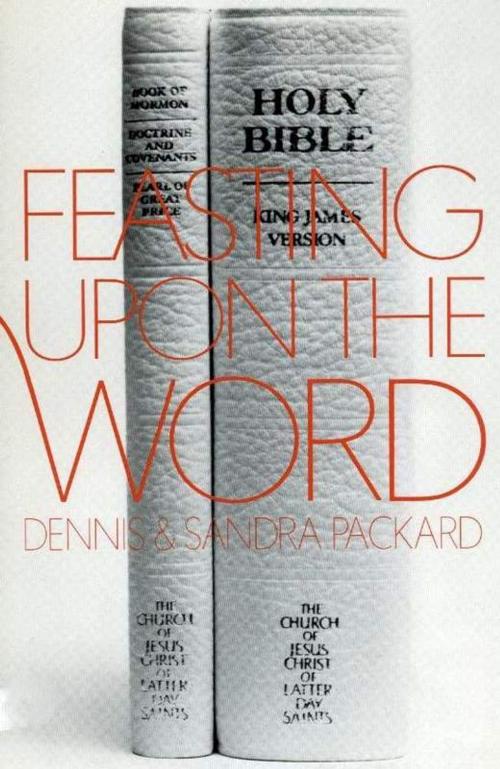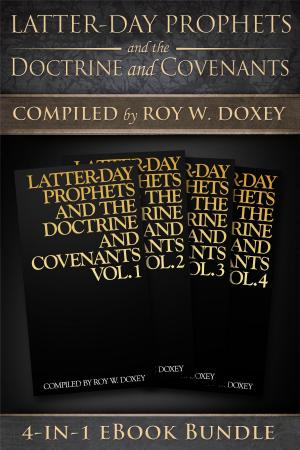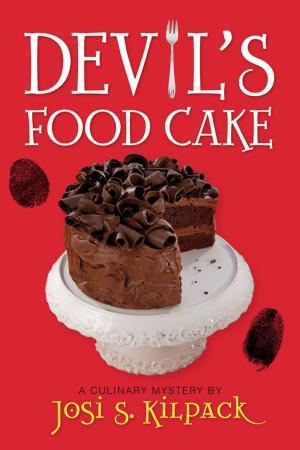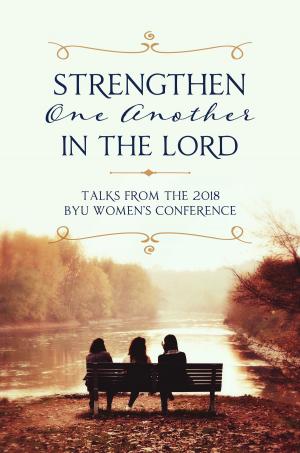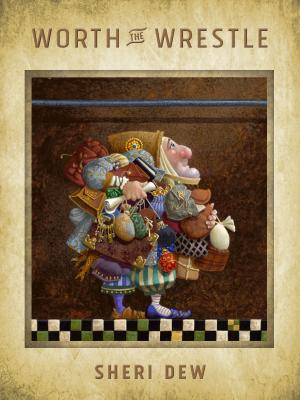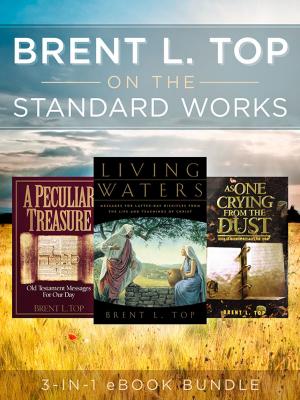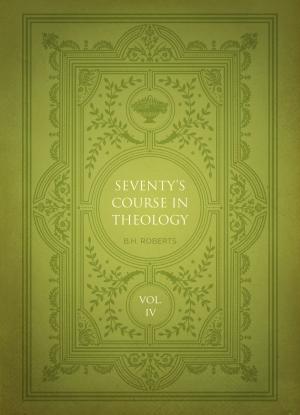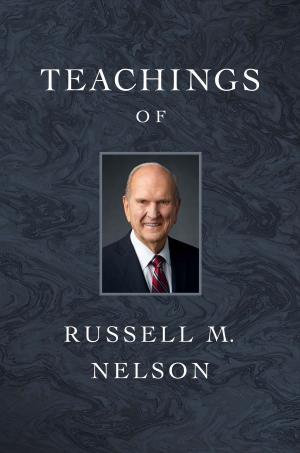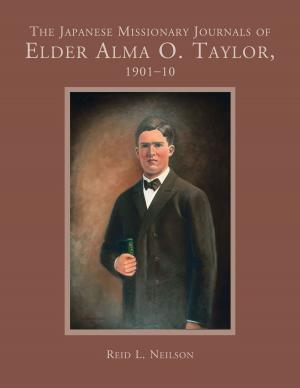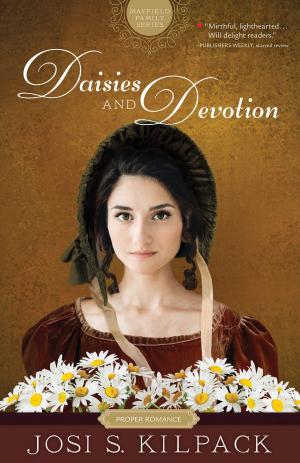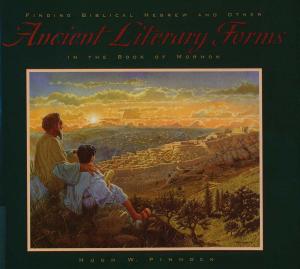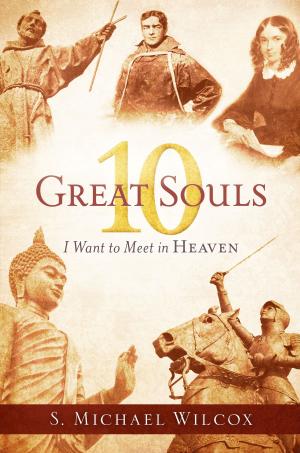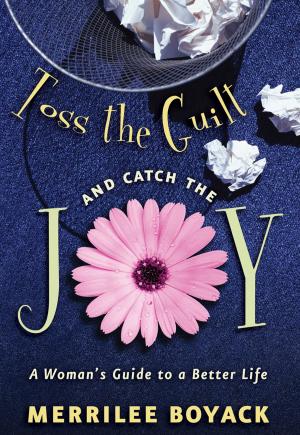| Author: | Dennis Packard | ISBN: | 9781609084141 |
| Publisher: | Deseret Book Company | Publication: | July 3, 2013 |
| Imprint: | Deseret Book Company | Language: | English |
| Author: | Dennis Packard |
| ISBN: | 9781609084141 |
| Publisher: | Deseret Book Company |
| Publication: | July 3, 2013 |
| Imprint: | Deseret Book Company |
| Language: | English |
Though the King James Version of the Bible has long been admired for the elegance and beauty of its language, its companion volume, the Book of Mormon, Another Testament of Jesus Christ, has only recently begun to be truly appreciated for its own literary merits. In Feasting on the Word, author Richard Dilworth Rust shows that the Book of Mormon is a treasury of literary riches as well as a bounteous doctrinal storehouse: 'As literature, the Book of Mormon engages all our senses; it involves not only thinking but feeling. It bids us to taste, touch, see, and hear, to experience things of the Spirit in terms of matter. Like the tree of life in Lehi's vision, the book itself beckons us to 'receive the pleasing word of God, and feast upon his love.' 'The materials in the Book of Mormon were selected and designed by inspired persons. When I say designed, I mean planned with a purpose and also shaped artistically so that form and content are totally integrated, as they are in Milton's Paradise Lost, Handel's Messiah, or Michelangelo's paintings in the Sistine Chapel.' This literary richness is one reason, Brother Rust declares, that the Book of Mormon is so pleasurable to read. Literary elements used by the book's prophetic writers to invite the reader to Christ include form and imagery, poetry and narrative, repetitions and chiasms. Several of these elements are of ancient Hebrew and Middle Eastern origin, and their presence in the Book of Mormon testifies of its roots. Brother Rust shows powerfully and concretely how the Book of Mormon speaks to us intellectually, emotionally, and spiritually. With its doctrinal content so plain and precious, the book fulfills both our spiritual and our artistic longings. This interconnection of truth and goodness is explored with sensitivity and intelligence in Feasting on the Word, a timeless classic that will enhance the reader’s awareness and appreciation of the truth and beauty of the Book of Mormon.
Though the King James Version of the Bible has long been admired for the elegance and beauty of its language, its companion volume, the Book of Mormon, Another Testament of Jesus Christ, has only recently begun to be truly appreciated for its own literary merits. In Feasting on the Word, author Richard Dilworth Rust shows that the Book of Mormon is a treasury of literary riches as well as a bounteous doctrinal storehouse: 'As literature, the Book of Mormon engages all our senses; it involves not only thinking but feeling. It bids us to taste, touch, see, and hear, to experience things of the Spirit in terms of matter. Like the tree of life in Lehi's vision, the book itself beckons us to 'receive the pleasing word of God, and feast upon his love.' 'The materials in the Book of Mormon were selected and designed by inspired persons. When I say designed, I mean planned with a purpose and also shaped artistically so that form and content are totally integrated, as they are in Milton's Paradise Lost, Handel's Messiah, or Michelangelo's paintings in the Sistine Chapel.' This literary richness is one reason, Brother Rust declares, that the Book of Mormon is so pleasurable to read. Literary elements used by the book's prophetic writers to invite the reader to Christ include form and imagery, poetry and narrative, repetitions and chiasms. Several of these elements are of ancient Hebrew and Middle Eastern origin, and their presence in the Book of Mormon testifies of its roots. Brother Rust shows powerfully and concretely how the Book of Mormon speaks to us intellectually, emotionally, and spiritually. With its doctrinal content so plain and precious, the book fulfills both our spiritual and our artistic longings. This interconnection of truth and goodness is explored with sensitivity and intelligence in Feasting on the Word, a timeless classic that will enhance the reader’s awareness and appreciation of the truth and beauty of the Book of Mormon.
